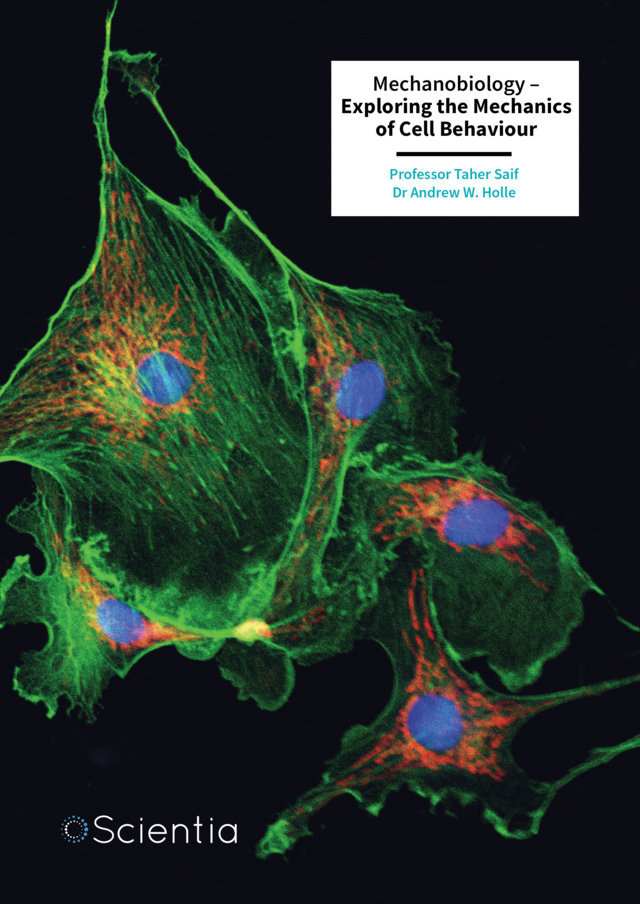Scientific discovery often unfolds in unexpected ways. What begins as a search for solutions to real-world challenges can lead researchers into unexplored scientific territory, where unconventional ideas emerge and spark debate. This dynamic was at the heart of research by Dr. Arthur W. Snow and Dr. Ramagopal Ananth in the Chemistry Division of the US Naval Research Laboratory. Their study aimed to address a pressing need: replacing fluorocarbon surfactants in firefighting foams. What they discovered would take them beyond firefighting applications and into fundamental questions about the nature of water itself. More
Surfactants are surface active agent molecules that reduce surface tension between different substances, such as liquids and gases, enabling them to spread more easily. Typically, their molecular structures consist of two distinct parts: a hydrophilic ‘head’ that is attracted to water, and a hydrophobic ‘tail’ that repels water and prefers to associate with oils or air. In aqueous solution above a critical concentration they form aggregates composed of 100 to 1000s of surfactant molecules with their hydrophobic tails associated at the interior and hydrophilic head oriented toward the water interface. These aggregates serve as a reservoir to supply surfactants to the water-air interface of bubbles during foam generation.
Fluorocarbon surfactants, prized since the late 1960’s for their ability to rapidly suppress fires by forming a stable barrier over burning fuel, are currently being phased out. This is because fluorocarbons persist in the environment, accumulating in ecosystems and potentially affecting human health. As a result, researchers have been working to develop alternative surfactants that can match the performance of fluorocarbon-based foams without the negative environmental impact.
Snow and Ananth set out to study the potential of silicone-based surfactants, which have recently emerged as promising candidates due to their foaming ability, rapid spreading behavior and fire suppressing effectiveness. The best candidate had a zwitterionic sulfobetaine head structure and a branched tetrasiloxane tail structure. A zwitterionic sulfobetaine structure is composed of two oppositely charged ionic centers, an ammonium cation and a sulfonate anion. A branched tetrasiloxane structure is composed of alternating silicon and oxygen atoms with methyl groups also bonded to the silicon atoms.
However, as they investigated these compounds further, they encountered an unexpected problem: hydrolytic instability. Simply put, these surfactants appeared to degrade in water much faster than expected. This realization transformed their study from an applied research project aimed at improving firefighting technology into a broader scientific investigation, touching on fundamental molecular interactions, the structure of water at interfaces, and the scientific community’s response to unconventional hypotheses.
Their findings demonstrated that a type of silicone-based surfactant, called sulfobetaine-siloxanes, exhibited a peculiar degradation process in water. The siloxane tails – the water-repelling segment of the molecule – broke down at an unexpectedly rapid rate, raising concerns about their long-term stability in firefighting applications.
To understand the underlying mechanism, Snow and Ananth turned to nuclear magnetic resonance spectroscopy, a technique that allows scientists to observe molecular structures by analyzing how atomic nuclei respond to electromagnetic fields. By monitoring changes in the spectra over time, they could track the breakdown of the siloxane bonds, revealing how hydrolysis was occurring. They also measured pH, with the surprising finding that a strongly acidic pH of 3 correlated with surfactant concentrations greater than its critical aggregate concentration.
Their data pointed to an unexpected culprit: the sulfobetaine head – the water-attracting part of the molecule. They found literature references stating that the sulfobetaine functional group formed a compact hydration shell – a layer of a few tightly bound water molecules surrounding each sulfobetaine unit – but no correlation with pH was mentioned. At surfactant concentrations above that needed for aggregate formation and foam generation, the water encapsulated sulfobetaine head groups pack at the aggregate-water interface with orientation into the aqueous phase.
Through titration experiments, Snow and Ananth confirmed that each sulfobetaine head retained 4 to 7 water molecules in a tightly bound in a layer to a surfactant aggregate surface. The presence of these water molecules seemed to be responsible for the acidity observed in the surfactant solutions, yet no external source of acid could be identified. In conventional silicone surfactant chemistry, degradation typically occurs due to exposure to strong acids or bases, which speed up molecular breakdown. However, in this case, no clear acid or base was present – raising an intriguing question about the underlying cause.
This led Snow and Ananth to a further literature search and to consider a controversial hypothesis involving the concept of a water “exclusion zone”. According to this theory, water molecules near solid interfaces, ionic and/or hydrophilic in character can adopt a highly ordered phase of micron thickness, distinct from the chaotic, freely moving molecules found in bulk water. In this structured region, water molecules are tightly bound together in a negatively charged H3O2– composition with a positively charged adjacent region of H3O+ hydronium ions extending into the bulk water phase. The name “exclusion zone” arises from the inability of solutes to diffuse into it as is readily observed using dyes and a microscope. Some scientists propose that exclusion zones play a role in biological systems, affecting how water interacts with cell membranes and proteins.
Snow and Ananth speculated that such an exclusion zone was forming at the aqueous interface of their surfactants’ aggregates, influencing the distribution of hydrogen ions (which determines acidity levels) and potentially causing the rapid breakdown of siloxane. If true, this mechanism would suggest that water’s behavior in the presence of surfactants is far more complex than previously understood.
While the exclusion zone hypothesis has intrigued some scientists, it remains contentious. Many researchers argue that the experimental evidence supporting this idea is inconclusive or lacks a mechanistic explanation.
When Snow and Ananth submitted their manuscript to a specialized surfactant journal, their association with the exclusion zone hypothesis led to rejection, and resubmission would require elimination of the exclusion zone hypothesis and a change of title. Rather than abandoning their findings, they added a section to the manuscript summarizing the exclusion zone controversy and submitted their study to the journal Langmuir, where they could discuss their results without the constraints of narrowly defined surfactant research.
This experience underscores a larger challenge in scientific publishing: how journals evaluate and accept unconventional ideas. Gatekeeping within specialized fields can sometimes hinder the exploration of new hypotheses, even when the data supporting them are compelling.
While the team’s findings raised fundamental questions about water’s behavior at molecular interfaces, they also had practical significance. Hydrolysis remained a significant challenge, and mitigating it was crucial if sulfobetaine-siloxanes were to serve as reliable firefighting surfactants.
Snow and Ananth explored several stabilization methods. One approach involved adding a pH 7 phosphate buffer, a solution designed to resist changes in acidity. This buffering system helped neutralize excess hydrogen ions and slow hydrolysis. Their experiments showed that buffering significantly reduced degradation but did not entirely prevent it. Another approach involved incorporating alkyl polyglycoside, a naturally derived surfactant that alters molecular aggregation behavior. This method proved more effective, shielding siloxane bonds from degradation and significantly decreasing hydrolysis rates.
Despite these improvements, neither method fully eliminated the problem. The persistence of siloxane degradation, even under optimized conditions, highlights the complexity of molecular interactions in water. Snow and Ananth’s work suggests that further refinement and alternative stabilization strategies will be necessary to ensure the long-term viability of sulfobetaine-siloxane surfactants in firefighting applications.
Snow and Ananth’s research demonstrates how real-world problems frequently intersect with fundamental scientific inquiries. A search for better firefighting foams led them to investigate water structuring at surfactant aggregate interfaces, which in turn brought them into a broader conversation about molecular interactions in aqueous environments. Their curiosity pushed them into contested theoretical territory, where their findings provoked discussion not only about surfactants but also about the nature of water itself.
Their persistence in pursuing and publishing their findings despite initial skepticism highlights the role of debate in shaping scientific discovery. Their work advances the chemistry of surfactants while also underscoring a broader truth about research: the most compelling discoveries often emerge when practical applications collide with deep scientific questions, leading to unexpected breakthroughs.
The “exclusion zone” concept needs further investigation. Its evaluation has been marred by an association with polywater research from the 1960s and 1970s. Polywater research originated from an investigation of the properties of water in highly confined spaces (very narrow glass capillaries) and was debunked as concentrated aqueous silica. Polywater was later labelled pathological science. The book, “Polywater”, by Felix Franks provides an excellent and balanced narrative about this research and how science had benefitted from the sharpened thinking arising from the controversy. A recent book about the exclusion zone, “The Fourth Phase of Water: Beyond Solid Liquid Vapor”, by Gerald H. Pollack presents a narrative of the research leading to the exclusion zone concept. It includes a narrative on polywater and analyzes similarities and differences. It also shows how controversy can sharpen scientific thinking.







